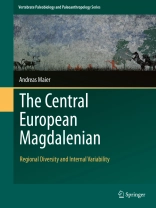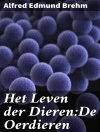This monograph on the Central European Magdalenian aims to provide a comprehensive overview of the archaeological record of this period. It sheds new light on five regional groups between the Rhône valley to the west and the Vistula-valley to the east, which existed roughly between 20, 000 and 14, 000 years ago. Readers will discover that these groups are characterized with regard to their environmental setting (including faunal and vegetational aspects), lithic raw material and mollusk shell procurement, typology, technology and artesian craftworks. The work also explores an alternative interpretation of bidirectional recolonization from both Franco-Cantabria and Eastern Central Europe after the Last Glacial Maximum. This book will appeal to researchers and scholars in archaeology and cognate fields.
Jadual kandungan
Introduction to the Central European Magdalenian–Area, Corpus and Major Questions.- Part I: Methodological and Theoretical Framework.- Collecting Data for Large-Scale, Literature-Based Studies.- Theoretical Framework.- Part II: Analyzing the Central European Magdalenian.- Past Research on the Magdalenian and its Current Implications.- Environmental Diversity.- Cultural Diversity and Regional Grouping.- Part III: Interpreting the Central European Magdalenian.- Territories and Land-Use Patterns.- The Recolonization of Central Europe.- Small-World Networks–Backbone of the Magdalenian Society?.- Summary.- Zusammenfassung: (German translation of Chapter 10: Summary).- Appendix.












